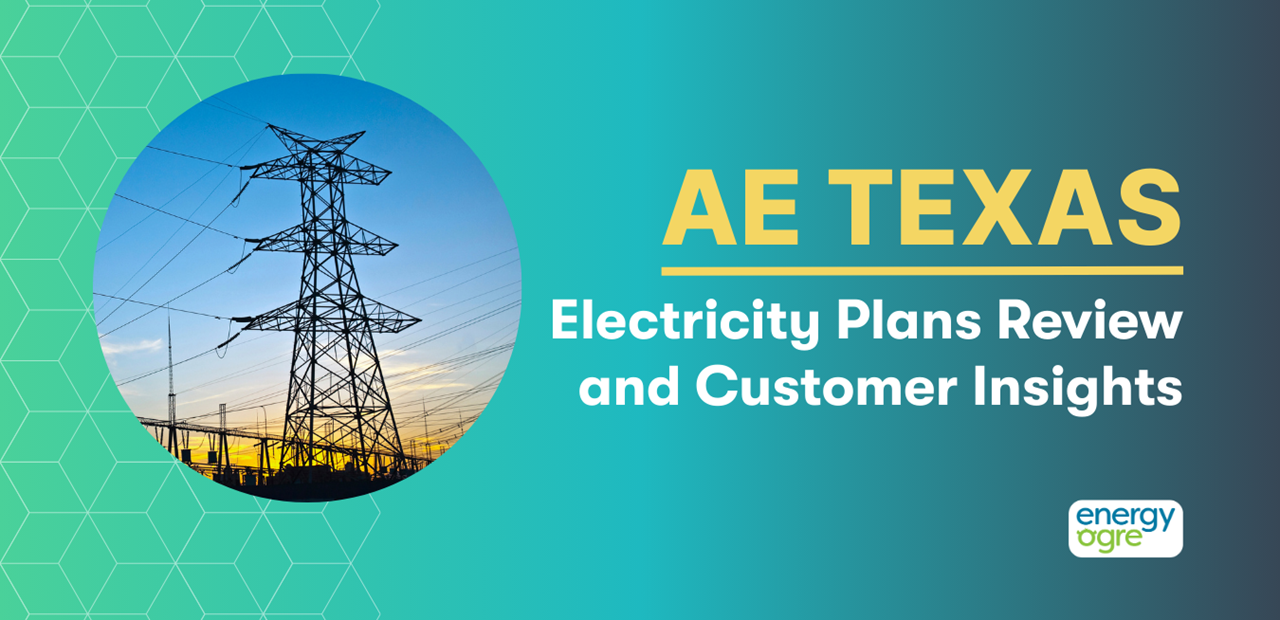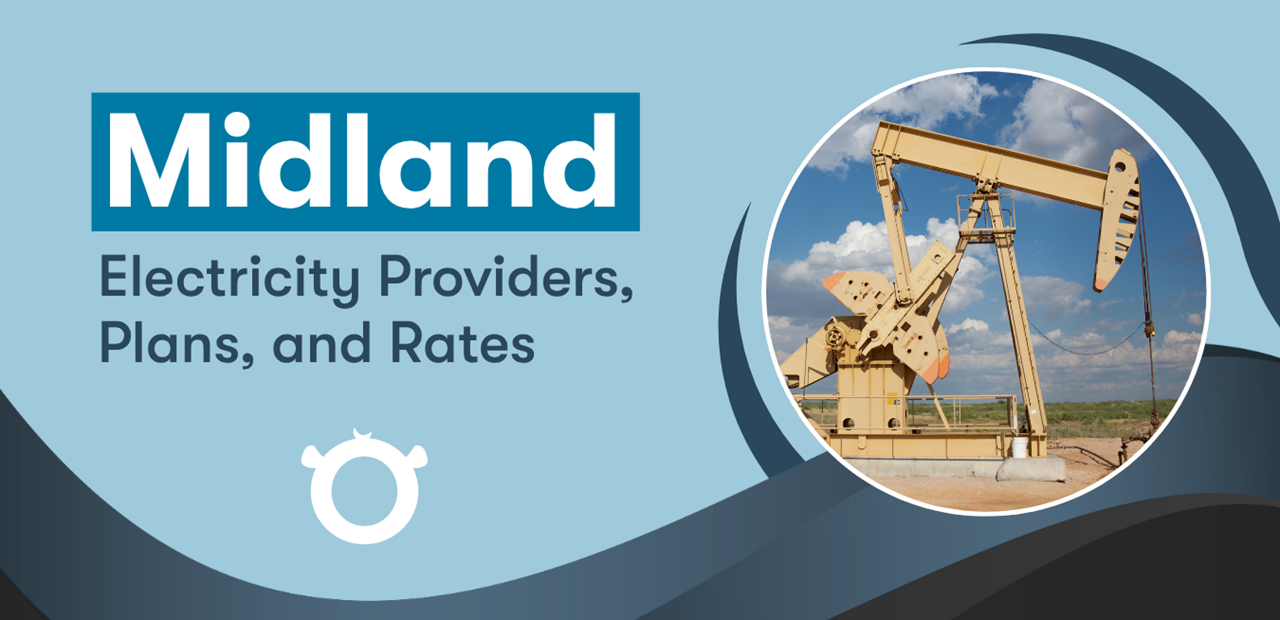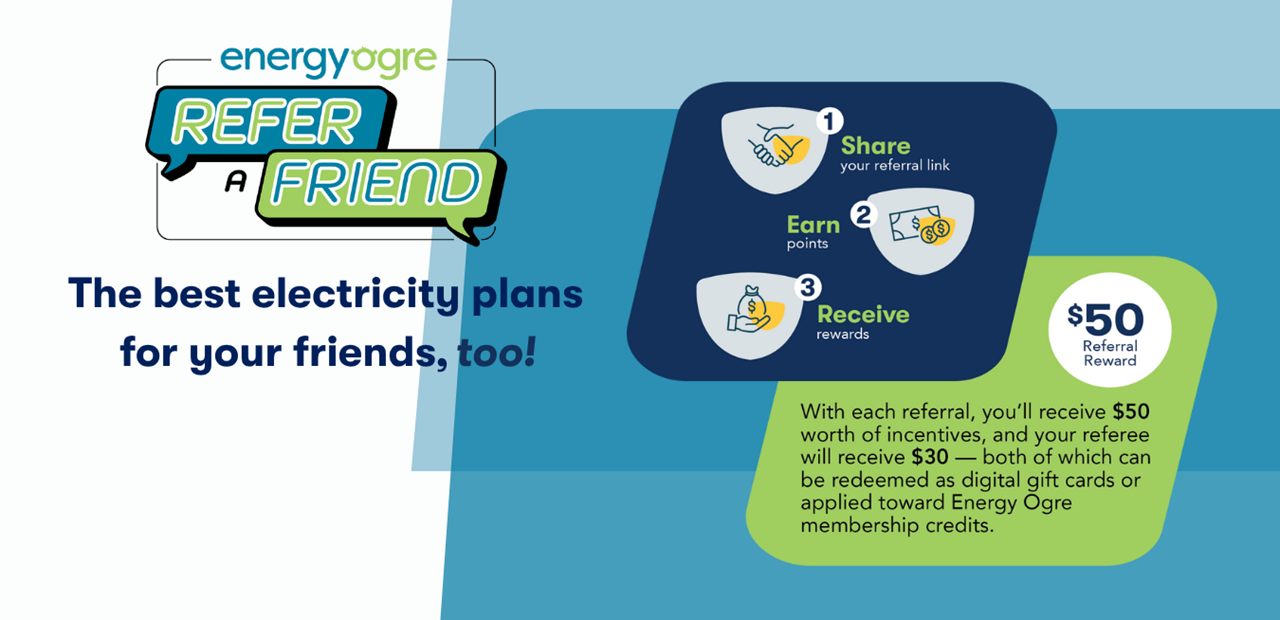Energy Ogre Blog
When reading our blogs, you can expect to find practical tips, industry updates, and in-depth guides on everything from how to switch electricity providers, having the power to choose your own plan, and how to compare your electricity bill to the current market.


 EST. 2013
EST. 2013







.png)



